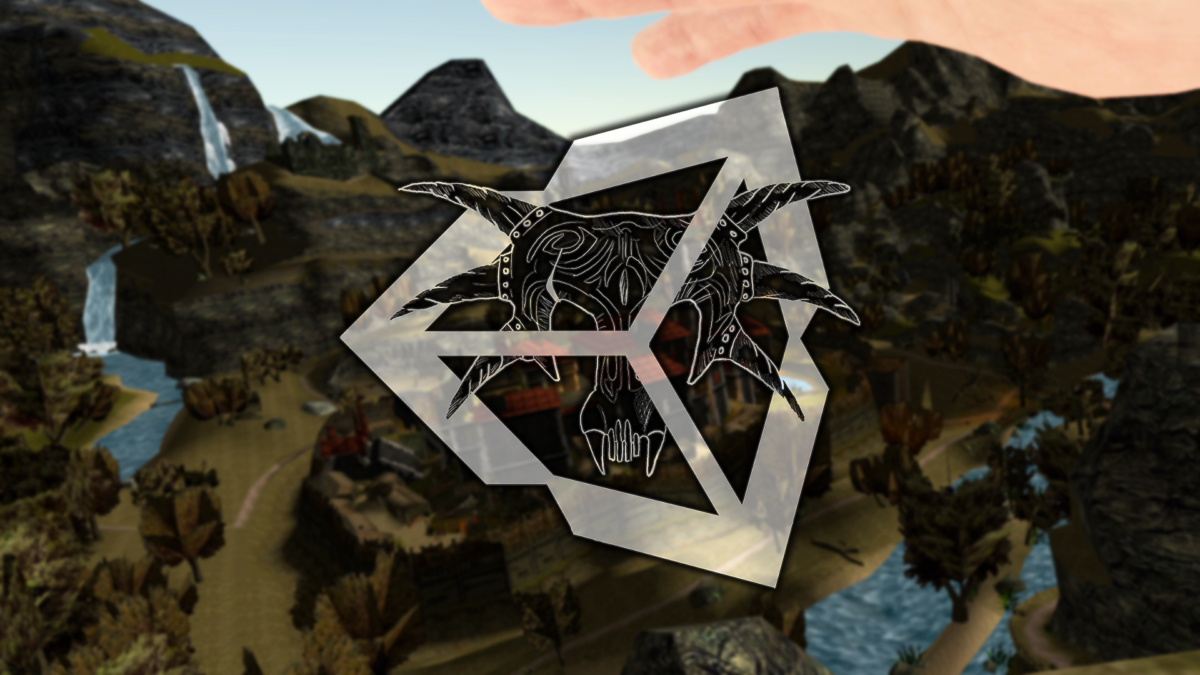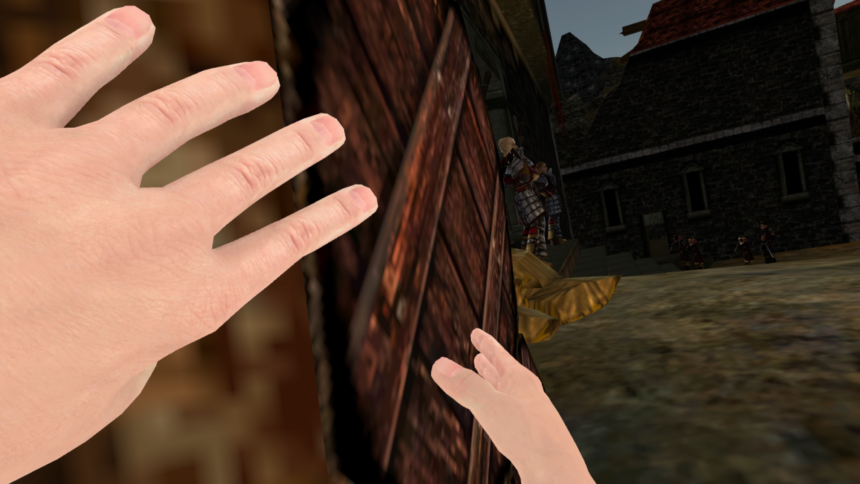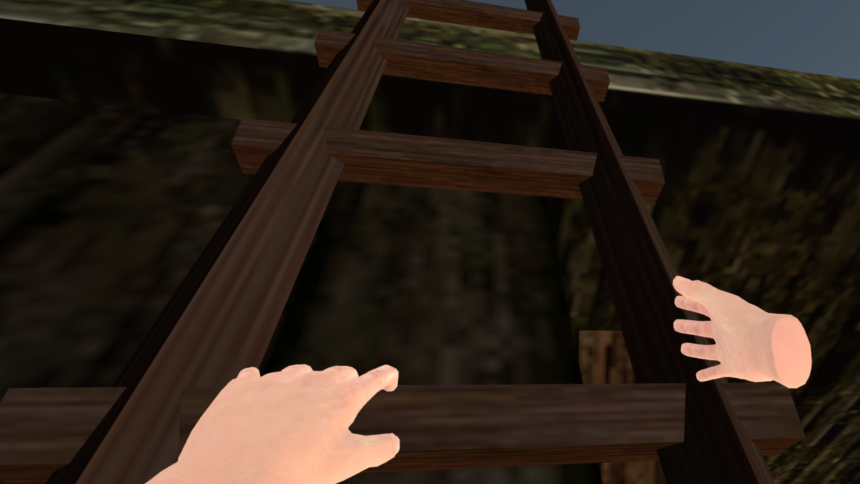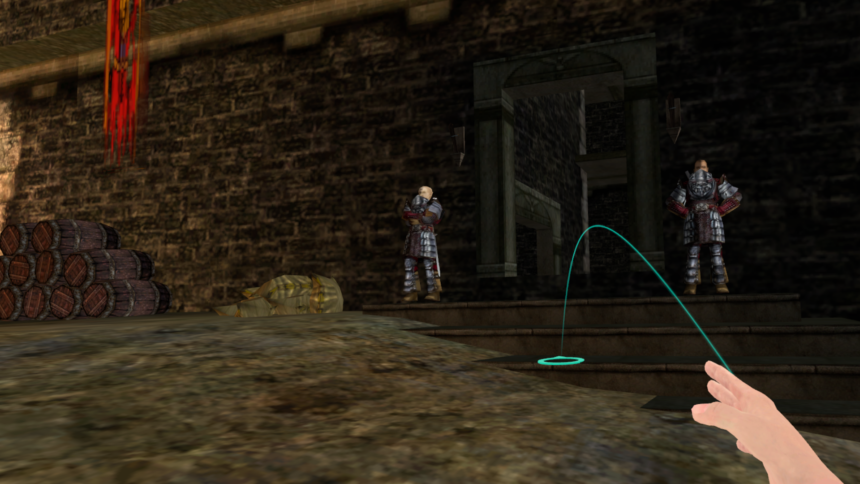Gothic in VR: How an Indie Team is Launching the Classic into a New Era

Small developers, big vision: How the team behind Gothic-UnZENity masters the challenges of VR development
For countless players, Gothic isn't just another game—it's a cherished piece of their childhood. Since 2023, a small team has been working to bring this beloved classic into virtual reality through a project called Gothic-UnZENity.
The project branches off from an earlier "Gothic VR" initiative but takes a fundamentally different approach. Instead of manually importing Gothic assets into Unity, Gothic-UnZENity loads content directly from existing Gothic installations at runtime. This approach preserves the authentic feel while adding modern VR interactions.
The project's key features include:
- Built on the original Gothic 1 from 2001
- Aims to make both Gothic 1 and Gothic 2 fully playable in VR
- Supports PC VR headsets and standalone devices like Meta Quest 2, Quest 3 and Pico 4
- Designed to support mods
- Currently in legal discussions with THQ Nordic, who holds Gothic rights
Note: This project is separate from the Unreal Engine Gothic version playable in VR through UEVR.

We dare to take a little look at Gothic-UnZENity, and not just in this picture. | Image: THQ, Gothic-UnZENity
A Labor of Love
The five-person team has been developing this VR adaptation since 2023, working on it as a hobby alongside their day jobs. Lead Developer Michael (known as JaXt0r) captures their motivation:
"Experiencing Gothic in VR is simply amazing… Being able to experience a game that shaped your childhood in a completely new way and being right there in it."
Early testing has shown promising results—players report being overwhelmed by the atmosphere, even though many features are still in development. While players can explore the entire game world, many interactions and systems remain to be implemented.
Tackling VR's Unique Challenges
Adapting a complex game like Gothic for VR presents numerous challenges. Many features that work seamlessly on a monitor require complete reimagining for virtual reality. Michael offers an example:
"An interesting question was how to climb ladders in VR. Previously, you just clicked and the character climbed. But in VR, you want to physically climb each rung correctly."
The combat system poses another significant challenge. Gothic was always known for its demanding combat—the team aims to preserve this challenge in VR without making it frustrating. They're still experimenting with various approaches.
Thanks to the project's modular architecture, future features like co-op or multiplayer could be possible, though the current focus remains on crafting a compelling single-player experience.

Step by step — ladders are a bigger challenge in VR. | Image: THQ, Gothic-UnZENity
Embracing the Modding Community
Gothic-UnZENity's technical approach makes mod support straightforward. As Michael explains:
"Players can simply install texture patches in their Gothic installation, and we load them at runtime. If it works, they get a better-looking Gothic in VR because we're essentially native."
The team envisions supporting everything from high-resolution texture packs to entirely new content, aiming to maximize creative freedom for modders and enhance the game's longevity.
Making VR Comfortable for Everyone
The developers prioritize accessibility and comfort options to ensure as many players as possible can enjoy the experience. This includes various movement options (both smooth and teleport) and settings to reduce motion sickness.
Their goal strikes a balance: allowing motion-sensitive players to enjoy longer sessions while ensuring VR veterans aren't restricted by unnecessary limitations.

Comfort functions are an integral part of most VR titles. | Image: THQ, Gothic-UnZENity
Broad Platform Support
The team aims to reach a wide VR audience by supporting multiple headsets at launch:
- PC VR systems (Valve Index, various HTC Vive and Oculus Rift models)
- Meta Quest 2 and 3 (standalone)
- Pico 4 (standalone)
While standalone versions require extensive optimization, the team believes broader accessibility justifies the additional effort.
Support and alpha players wanted
As a hobby project, Gothic-UnZENity welcomes enthusiastic supporters, particularly those with Unity and VR programming experience. Interested developers can join through their Discord server, and a pre-alpha version is available on GitHub for testing.
Gothic-UnZENity showcases what passionate developers can achieve with vision and technical expertise. If this small team succeeds in executing their plans, both Gothic fans and VR enthusiasts have something extraordinary to look forward to.
What do you think of Gothic in VR? Join the conversation on Facebook, Bluesky or X or share your opinion in the comments below.
For feedback, topic suggestions, or other ideas, please email us at hello@mixed-news.com.
Note: Links to online stores in articles can be so-called affiliate links. If you buy through this link, MIXED receives a commission from the provider. For you the price does not change.